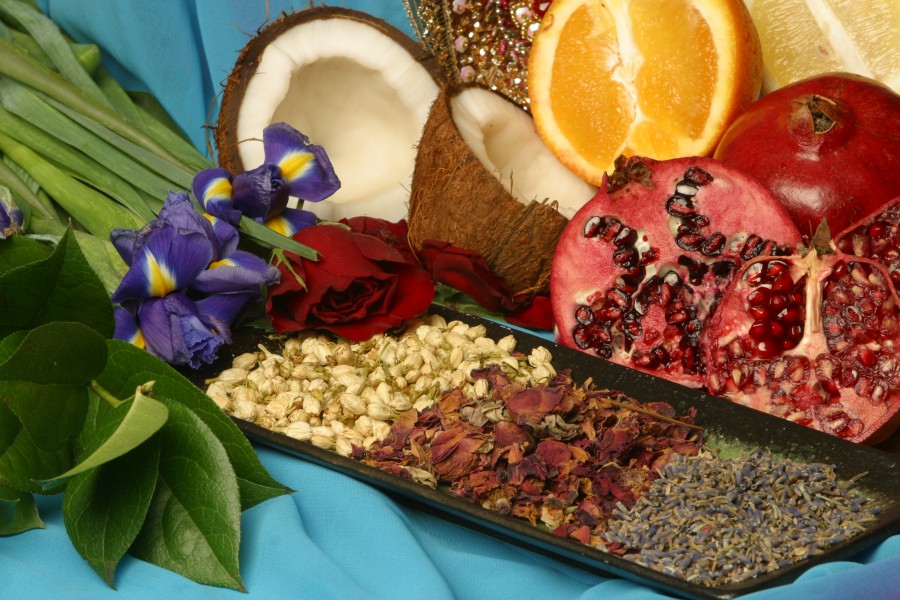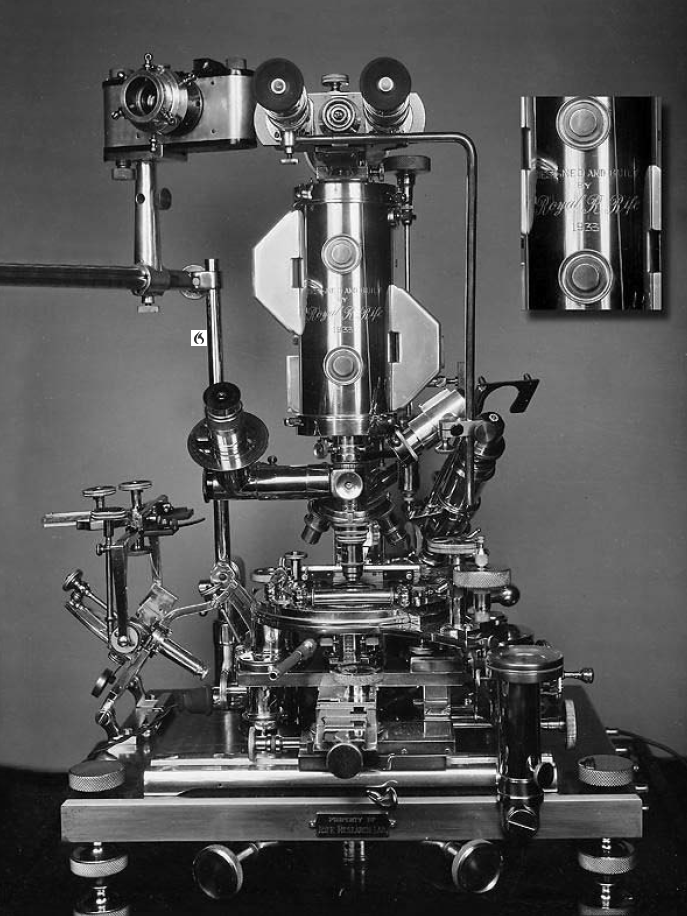What is Ayurveda
Ayurveda (pronounced I-your-vay-da) means – ayu-life, veda-knowledge of or ayurvedic medicine is a more than 6000 year old system of healing based on a holistic approach rooted in Indian Hinduism culture. Its conspicuous use of the word veda, or knowledge, reveals its role in early Hinduism and describes its hallowed place in India. VedaVyasa, the famous Indian sage, shaktavesha avatar of Vishnu, put into writing the complete knowledge of Ayurveda, along with the more directly spiritual insights of self realization into a body of scriptural literature called the Vedas and the Vedic literatures.
There were four main books of spirituality, which included among other topics, health, astrology, government, army, poetry and spiritual living and behavior. These books are known as the four Vedas; Rik, Sama, Yajur and Atharva.
The Rik Veda, is the oldest surviving book of any Indo-European language (3000 B.C.). The Rik Veda refers to the cosmology known as Sankhya which lies at the base of both Ayurveda and Yoga, contains verses on the nature of health and disease, pathogenesis and principles of treatment. Among the Rik Veda are found discussions of the three dosas, Pitta, Vayu and Kapha, and the use of different herbs to heal the diseases of the mind and body and to foster longevity.
The Vedic Sages took the passages from the Vedic Scriptures relating to Ayurveda and compiled separate books dealing only with Ayurveda. One of these books, called the Atreya Samhita is the oldest medical book in the world! The Vedic Brahmans were not just priests performing religious rites and ceremonies, they also became Vaidyas (doctors of Ayurveda).
The sage-physician- surgeons of the time were deeply devoted spiritual people, who saw health as an integral part of spiritual life. They received their training of Ayurveda through direct cognition during meditation. In other words, the knowledge of the use of various methods of healing, prevention, longevity and surgery came through Divine revelation; there were no experiments, tests or harming animals. These revelations were transcribed from the oral tradition into book form, interspersed with the other aspects of life and spirituality.
Ayurveda has employed certain toxic ingredients in very small dosages for their powerful healing effects, including its alchemical preparations. It also used various herbal and animal toxins like snake poisons etc. It has a whole science of toxicology called Agada-tantra as one of the eight branches of traditional Ayurveda. This branch not only treated poisons but used them in certain conditions, generally in very small dosages.
The Ayurvedic idea is that the organism adapts to the environment and its food, climate etc. This principle of adaptation is called satyma. Through introducing small amounts of a germ, poison the organism can adapt to it and learn to resist it.
There are two main re-organizers of Ayurveda whose works are still existing in tact today – Charak and Sushrut. The third major treatise is called the Ashtanga Hridaya, which is a concise version of the works of Charak and Sushrut. Thus the three main Ayurvedic texts that are still used today are the Charak Samhita (compilation of the oldest book Atreya Samhita), Sushrut Samhita and the Ashtangha Hridaya Samhita. These books are believed to be over 1,200 years old. It is because these texts still contain the original and complete knowledge of this Ayurvedic world medicine, that Ayurveda is known today as the only complete medical system still in existence. Other forms of medicine from various cultures, although parallel are missing parts of the original information.
Qualities
It could be said that the simple essence of ayurveda is knowledge and awareness of the qualities of nature – called gurvadi gunah. By understanding the qualities in the environment, in foodstuffs, in activities, one gains an appreciation of their effects on the individual constitution through the principle of similarities; i.e., that similarities cause increase while dissimilarities cause decrease. Thus hot qualities in the environment or diet will increase hot qualities in the body.
The gurvadi gunah are:
- Guru (heavy) – laghu (light)
- Manda (slow) – tikshna (quick, sharp)
- Hima (cold) – ushna (hot)
- Snigdha (unctuous) – ruksha (dry)
- Slakshna (smooth) – khara (rough)
- Sandra (solid) – drava (liquid)
- Mrdu (soft) – kathina (hard)
- Sthira (stable) – cala (mobile)
- Sukshma (subtle) – sthula (gross)
- Vishada (non-slimy) – picchila (slimy)
Since everything in the material world possesses combinations of the 20 qualities, ayurveda postulates that every material process or object can either harm or heal a person by influencing that person’s unique original constitution (called prakrti). An ayurvedic practitioner will assess the qualities of a disorder, the patient’s unique prakrti, and his/her influencing factors to arrive at a treatment plan. The treatment plan will consist of using herbs, therapies, diet, etc., with opposite qualities so as to assist the patient in re-establishing their prakrti.
The Five Elements
According to the ancient Sankhya theory of cosmology, on which ayurveda is based, the five elements combine in different proportions to form the material world. Each element possesses different amounts of the above-mentioned gunas; thus each element has its unique qualitative nature. The elements are:
- Akasha – ether or space
- Vayu – air
- Tejas or agni – fire
- Apa or jala – water
- Prthvi – earth
Some authorities believe that the early European knowledge of five elements is a result of contact with ayurveda.
Doshas – ayurveda dosha test
The 3 main doshas are Vata (ether and air), Pitta (fire), and Kapha (water and earth).
All bodily processes are believed to be governed by a balance of these 3 doshas. Which dosha dominates a person’s behavior and physique is called his constitution type. Each constitution type has particular strengths and susceptibilities.
Vata
Vata, composed of air and space, governs all movement in the mind and body and must be kept in good balance. Too much vata leads to “worries, insomnia, cramps and constipation…. Vata controls blood flow, elimination of wastes, breathing and the movement of thoughts across the mind.” Vata activates the nervous system, hearing and speech; and expresses as enthusiasm and creativity. Vata also controls the other two principles, Pitta and Kapha, and is usually the first cause of disease.
Pitta
Pitta is said to be composed of fire and water; it governs “all heat, metabolism and transformation in the mind and body. It controls how we digest food, how we metabolize our sensory perceptions, and how we discriminate between right and wrong.” Pitta must be kept in balance, too. “Too much [Pitta] can lead to anger, criticism, ulcers, rashes and thinning hair.”
Kapha
Kapha consists of earth and water. “Kapha cements the elements in the body, providing the material for physical structure. This dosha maintains body resistance….Kapha lubricates the joints; provides moisture to the skin; helps to heal wounds; fills the spaces in the body; gives biological strength, vigor and stability; supports memory retention; gives energy to the heart and lungs and maintains immunity…Kapha is responsible for emotions of attachment, greed and long-standing envy; it is also expressed in tendencies toward calmness, forgiveness and love.” Too much Kapha leads to lethargy and weight gain, as well as congestion and allergies.
In sum, Ayurveda represents a system that considers both the states of mind and body in its diagnosis and treatment. Ayurveda took into consideration the fact that many illnesses are caused by foreign agents and small organisms that may require aggressive intervention.
Today
Today Ayurveda is making a slow comeback. In practice in India, there are Ayurvedic doctors who are purists and others who choose to use it in combination with Western medicine.
Ayurveda is gaining lots of interest in the Western countries. Ayurvedic treatments in the West are primarily dietary and herbal due to lack of well educated Ayurvedic practitioners. Patients are classified by body types, or prakriti, which are determined by proportions of the three doshas. Illness and disease are considered to be a matter of imbalance in the doshas. Treatment is aimed at restoring harmony or balance to the mind-body system.
Ayurvedic medicine is gaining in popularity around the world. There are a number of medical schools that teach Ayurveda.
Bibliography
- Ayurveda: Science of Self Healing, Dr. Vasant Lad, Lotus Press, Twin Lakes, Wisconsin
- Ayurvedic Healing: A Comprehensive Guide, Dr. David Frawley, Lotus Press, Twin Lakes, Wisconsin
- Ayurveda: Nature’s Medicine, Dr. David Frawley and Dr. Subhash Ranade, Lotus Press, Twin Lakes, Wisconsin








So my lunch could possibly look like this: Grapes (an hour berofe)Onions cooked with ghee oilA glass of whole milkA type of fish (fresh not canned) w/ cooked green beansDoes the order in which you eat your food at meal times affect your digestive system? What about the senses of taste(rasas)?Also If red meat takes the longest to digest should you avoid eating it later in the day?